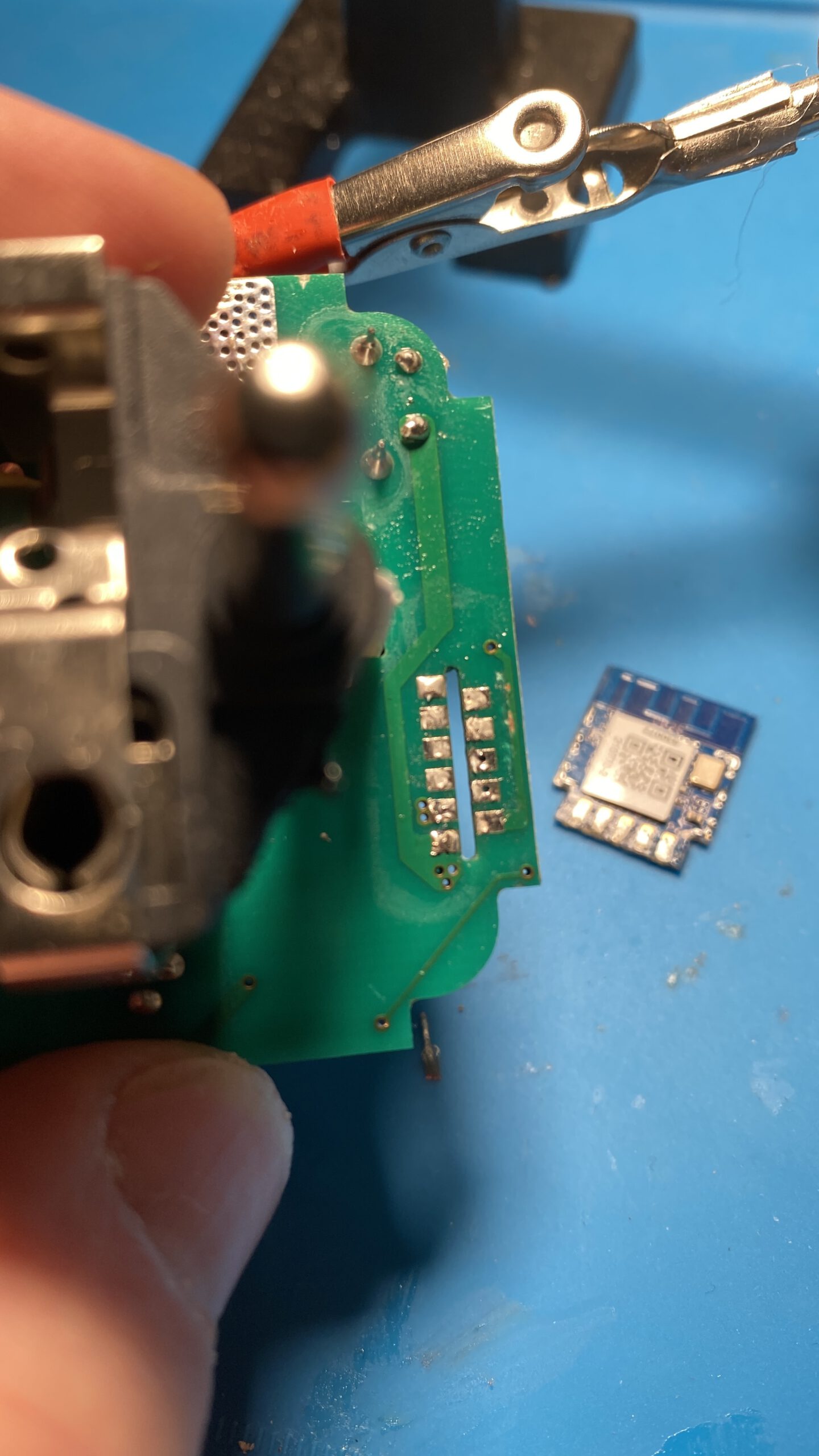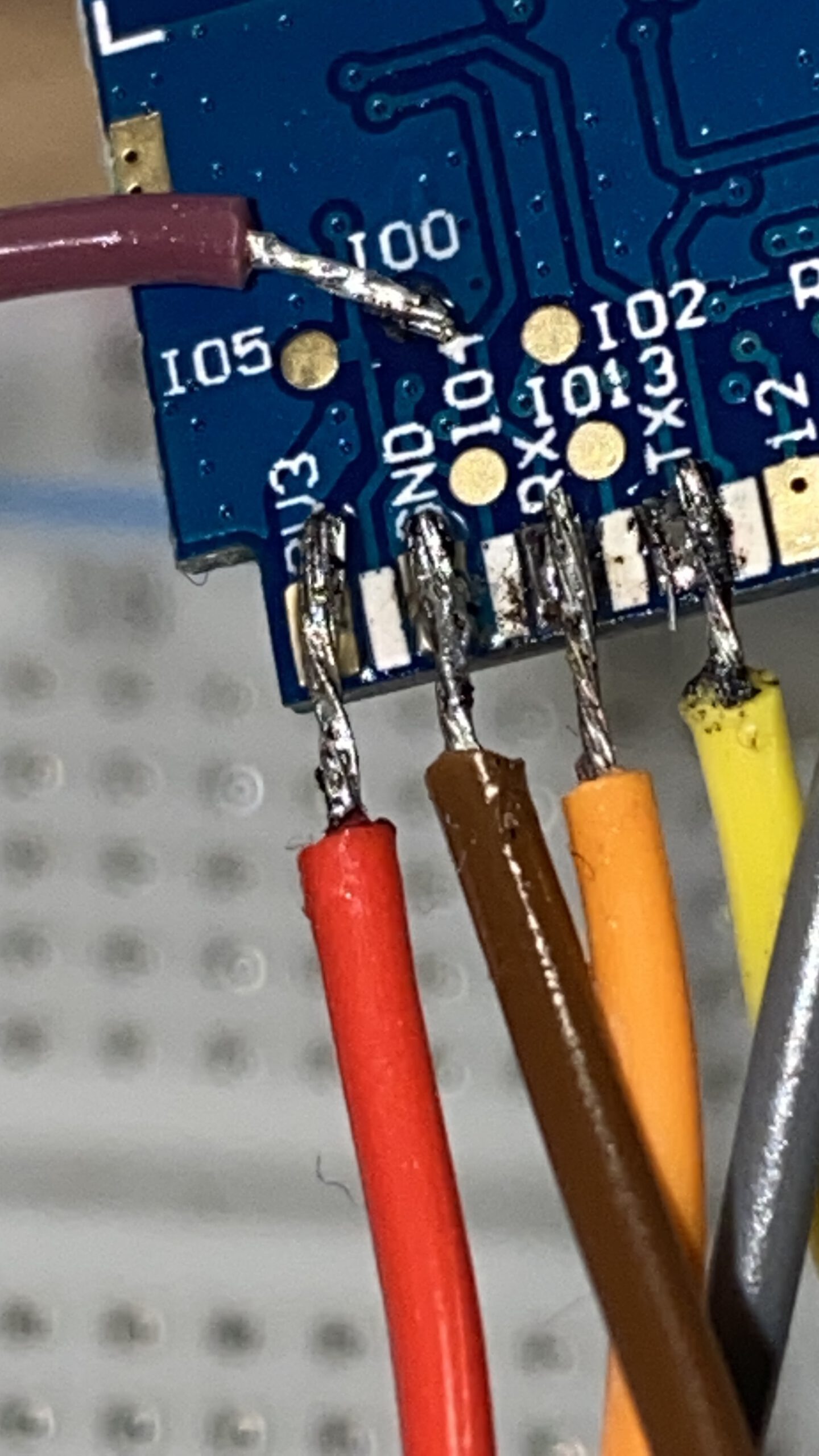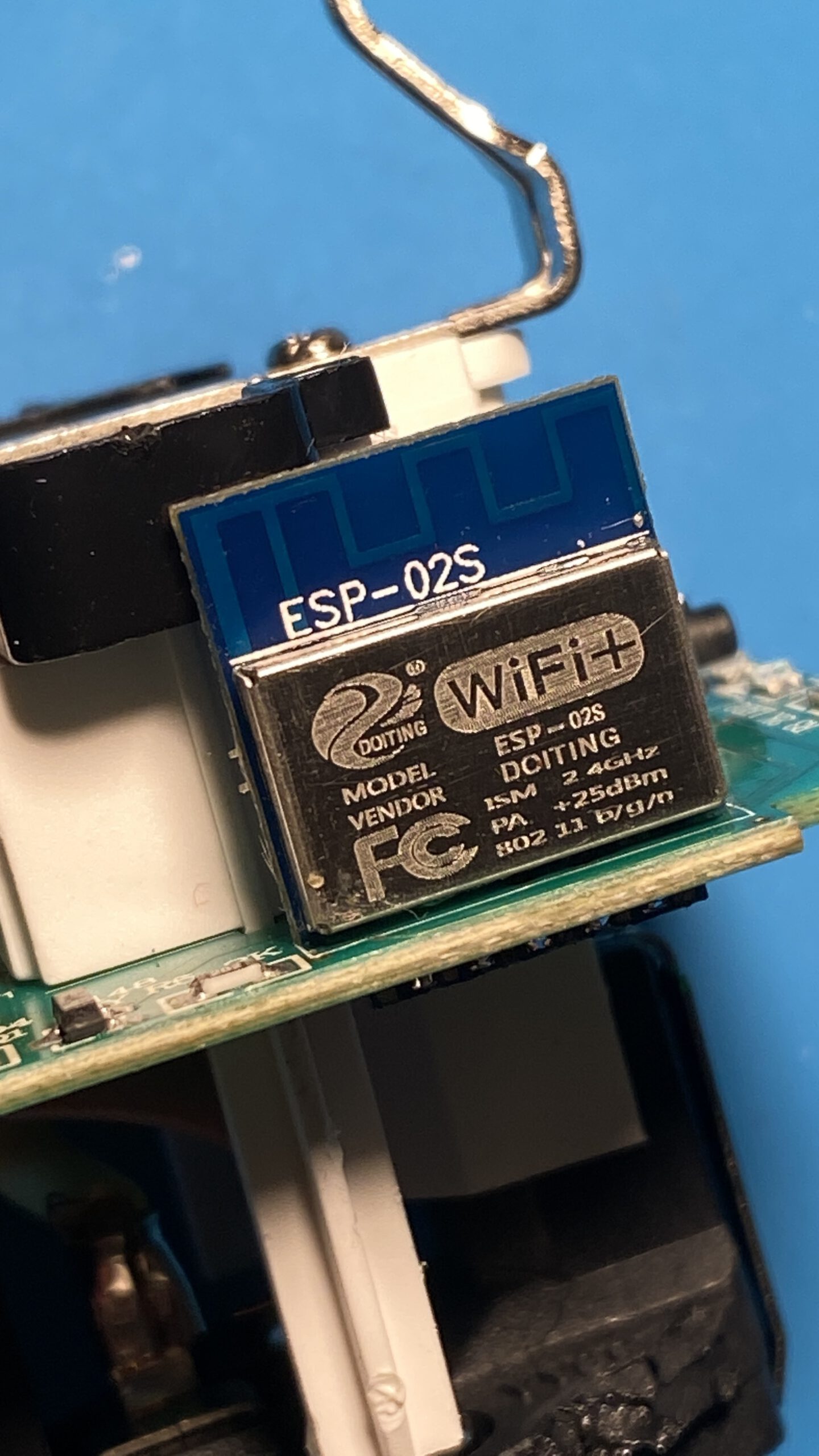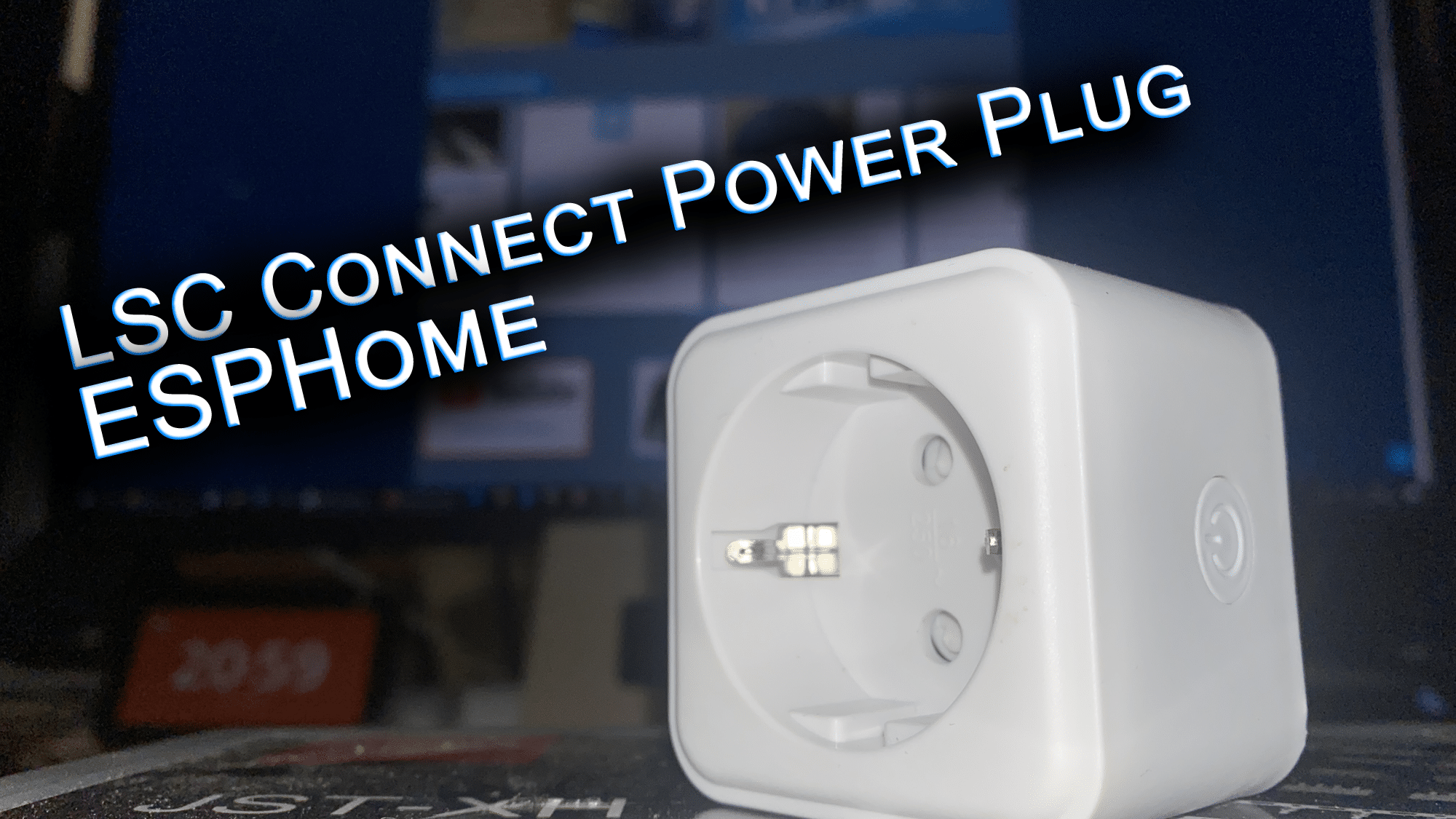
innr Zigbee GU10 Lampe, Color, kompatibel mit Philips Hue, Alexa, Hey Google, SmartThings (Bridge erforderlich) GU10 Smart LED, dimmbar, RGB, 16 Millionen Farben, 2-Pack, RS 230 C-2
--
Leider ist der verbaute Chip nicht in der Lage geflasht zu werden und muss getauscht werden.
Als erstes lötet ihr den vorhanden Chip aus und lötet euch 5 Adern an den Chip ESP-02S


Über einen FTDI-Adapter könnt ihr den Chip flashen
Pinbelegung zum FTDI-Adapter:
Rot=VCC 3.3V
Braun=GND
Orange=TX
Gelb=RX
Lila=GND
Nun erstellt ihr euch eine BIN Datei mit dem Beispielcode (siehe unten) über ESPHome und flasht diese über den ESP-Flasher auf den Chip. LINK
Danach lötet ihr den ESP-02S ein.

esphome:
name: lsc-plug1
platform: ESP8266
board: esp01_1m
wifi:
networks:
- ssid: "SSID"
password: "PASSWORT"
power_save_mode: none
output_power: 20dB
manual_ip:
static_ip: 192.168.x.x
gateway: 192.168.x.x
subnet: 255.255.255.0
ap:
ssid: "lsc-plug"
password: "12345678"
api:
logger:
ota:
binary_sensor:
# Binary sensor for the button press
- platform: status
name: lsc-plug1_status
- platform: gpio
pin:
number: GPIO4
mode: INPUT_PULLUP
inverted: true
name: lsc-plug1_button
internal: true
on_press:
- switch.toggle: relais
output:
# Relay state led
- platform: esp8266_pwm
id: state_led
pin:
number: GPIO13
light:
# Relay state light
- platform: monochromatic
id: led
name: lsc-plug1_led
output: state_led
switch:
- platform: gpio
pin: GPIO5
id: relais
name: LSC Relais
restore_mode: RESTORE_DEFAULT_OFF
on_turn_on:
- light.turn_on: led
on_turn_off:
- light.turn_off: led

